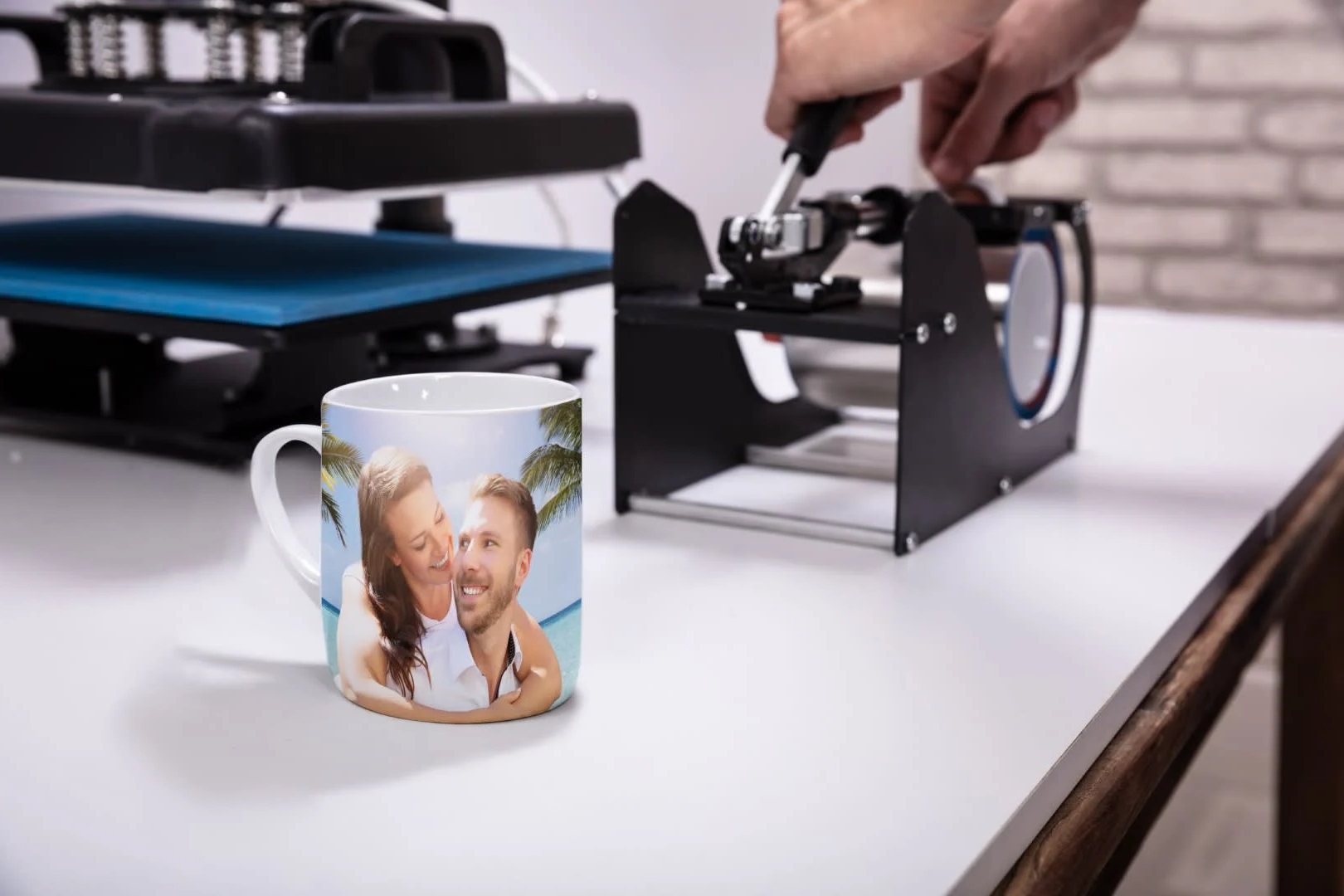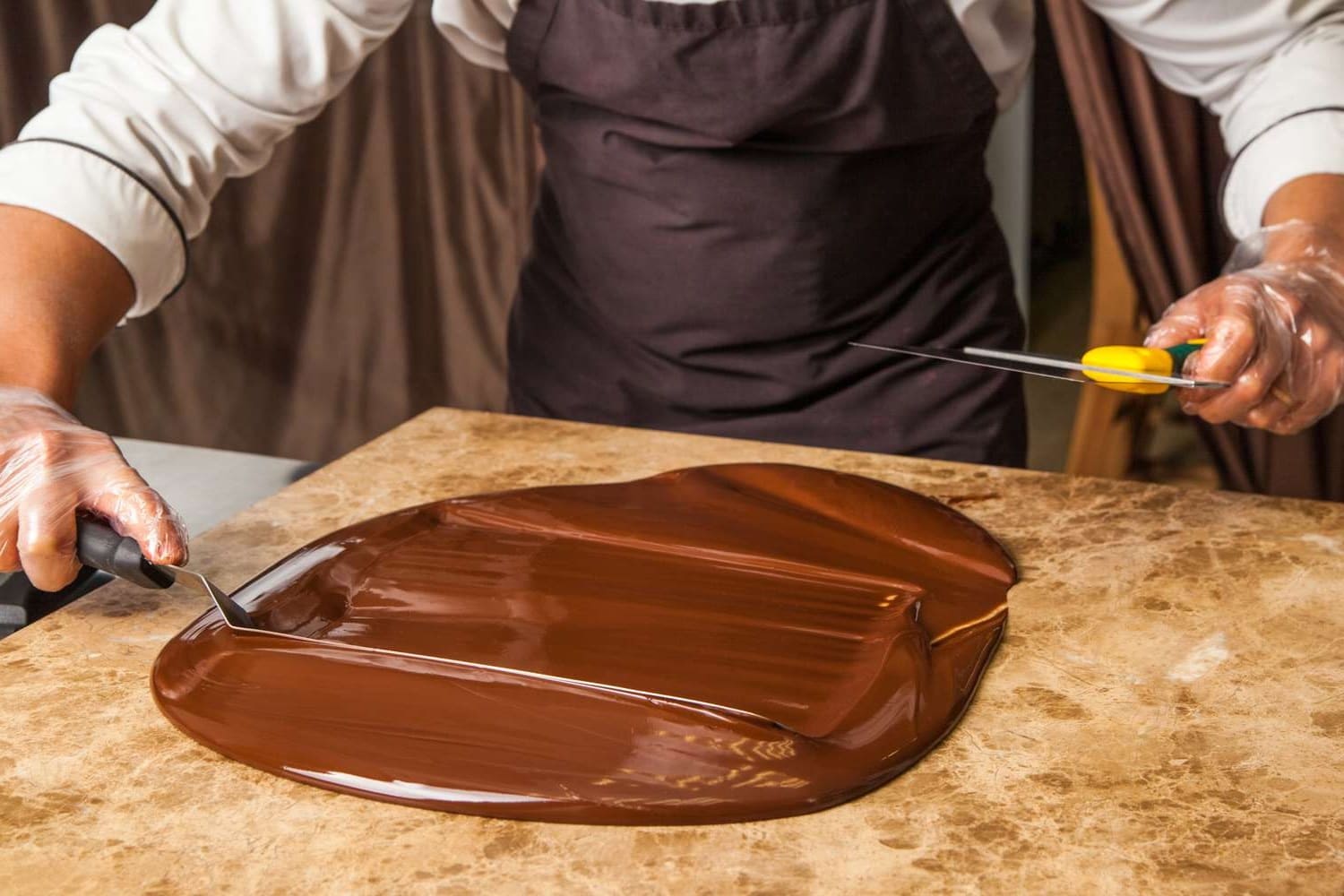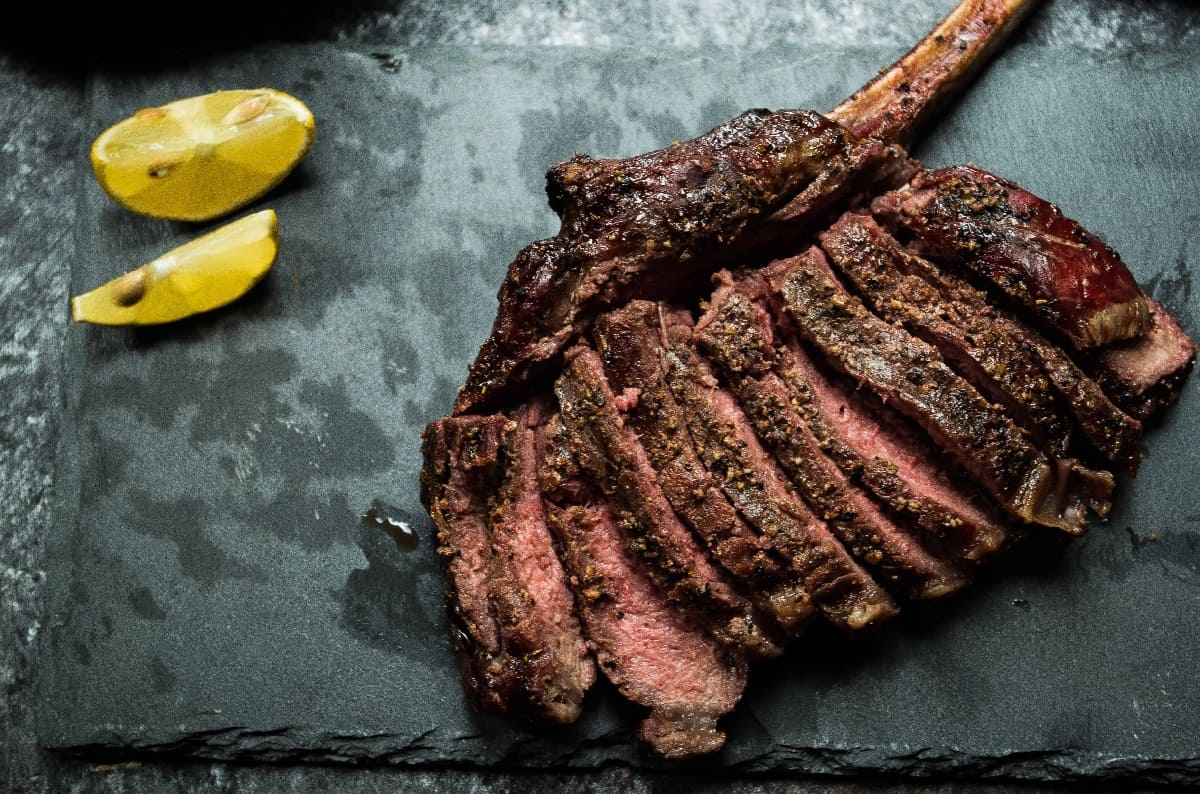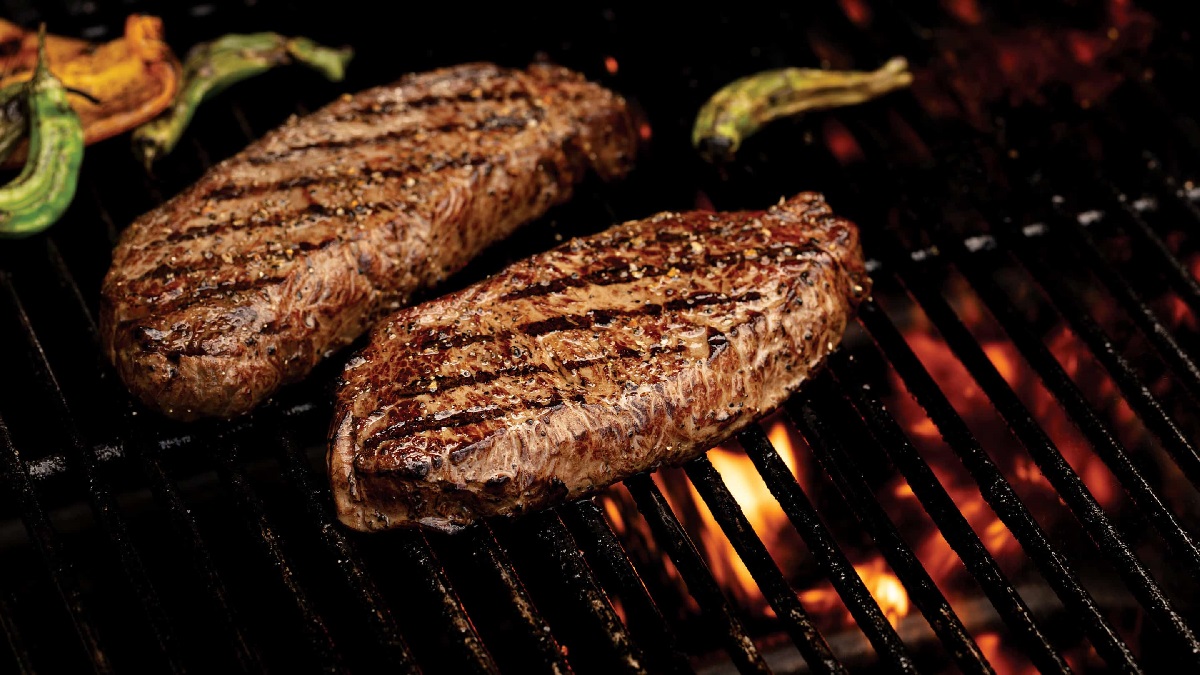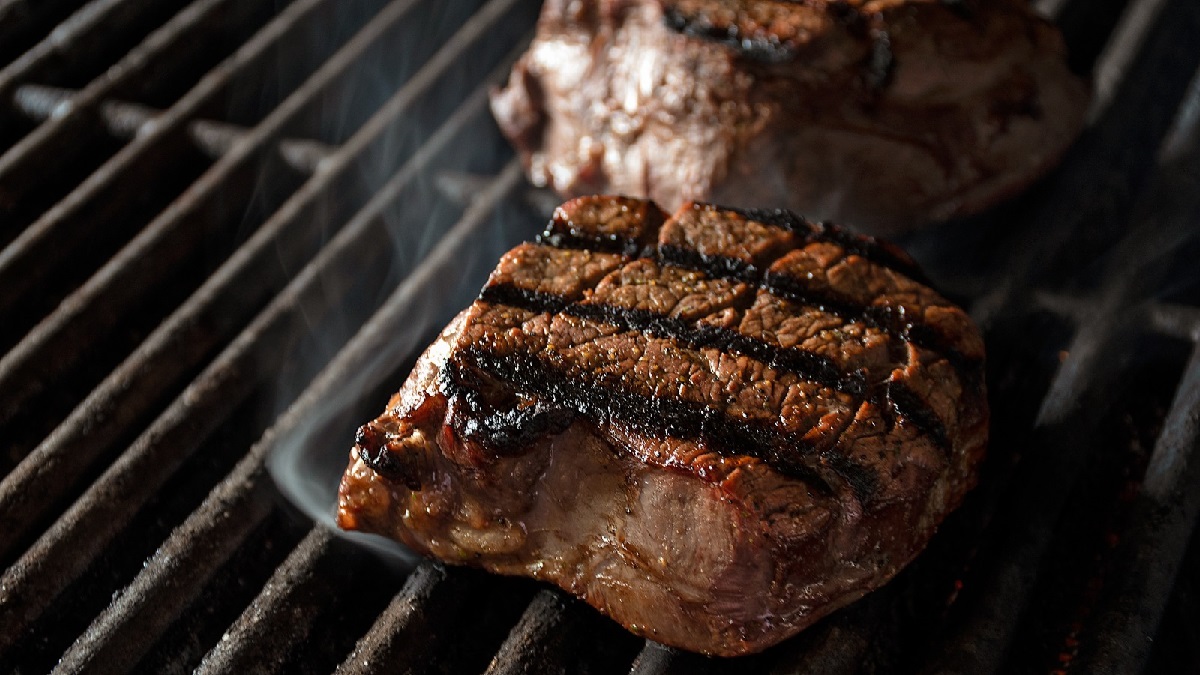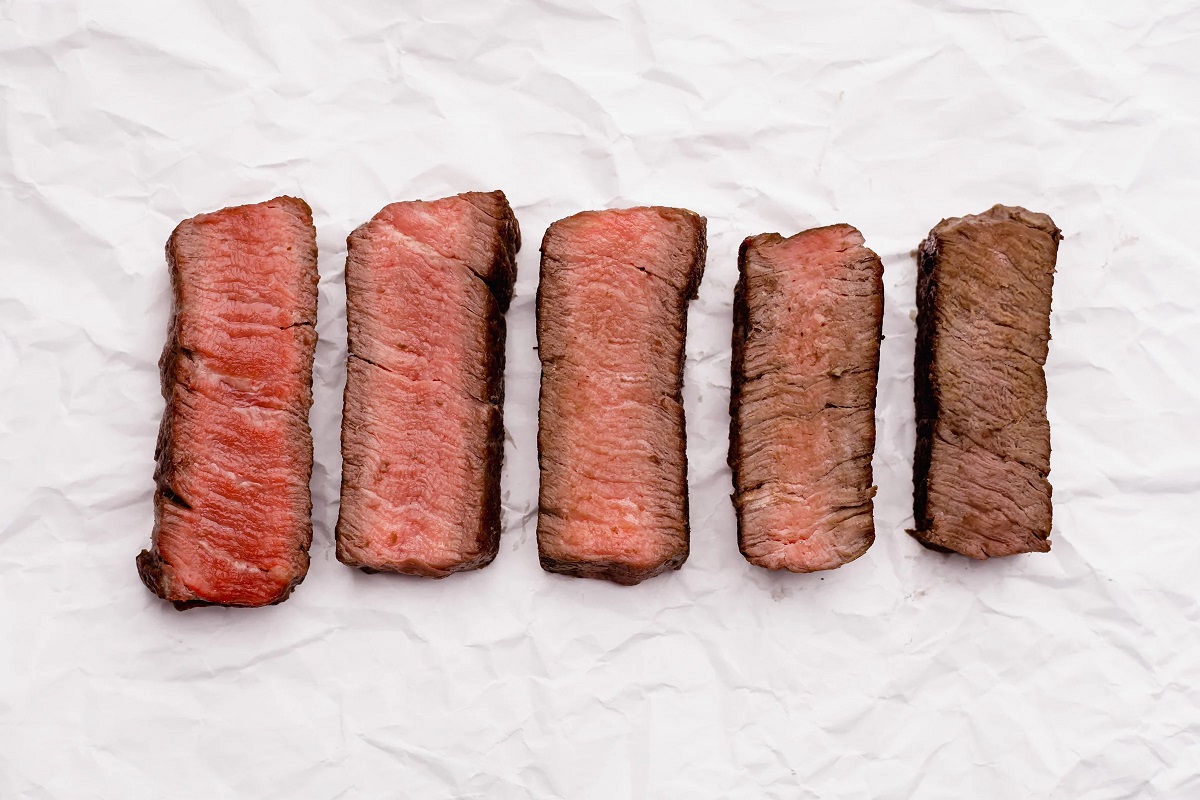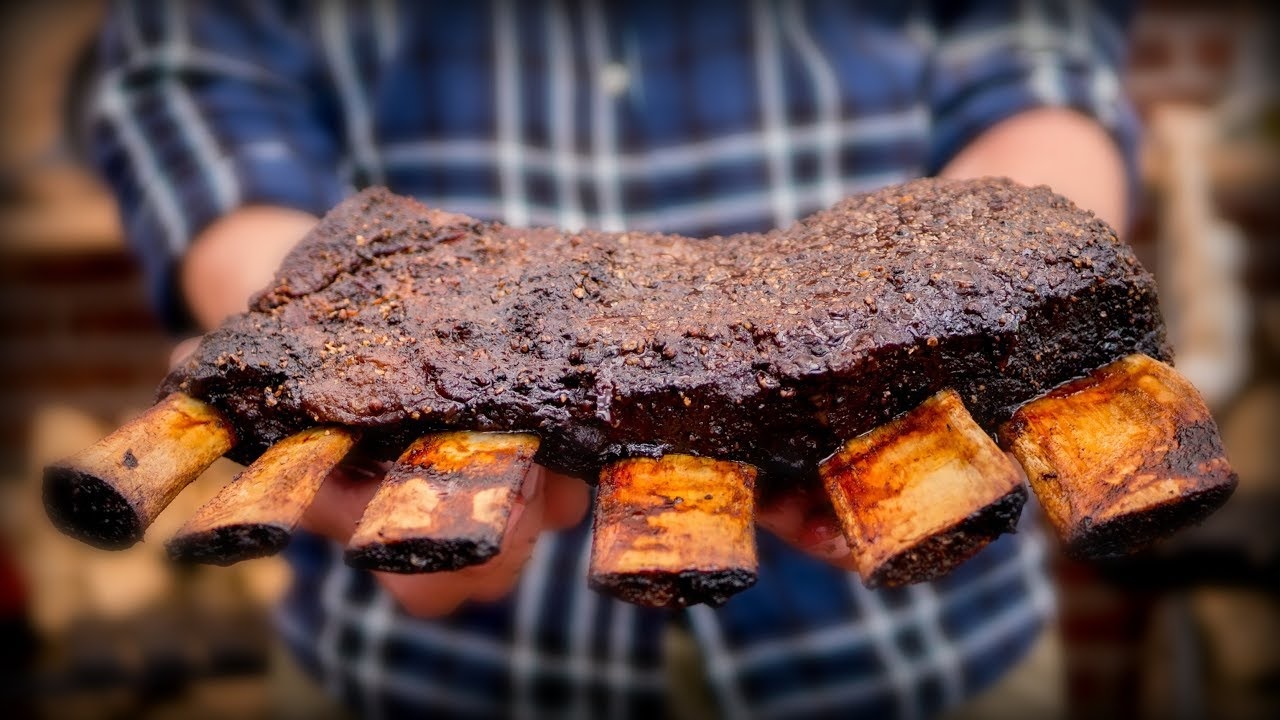Home>Science & Environment>The Ultimate Guide To Sublimation: Time And Temperature Chart For Perfect Results
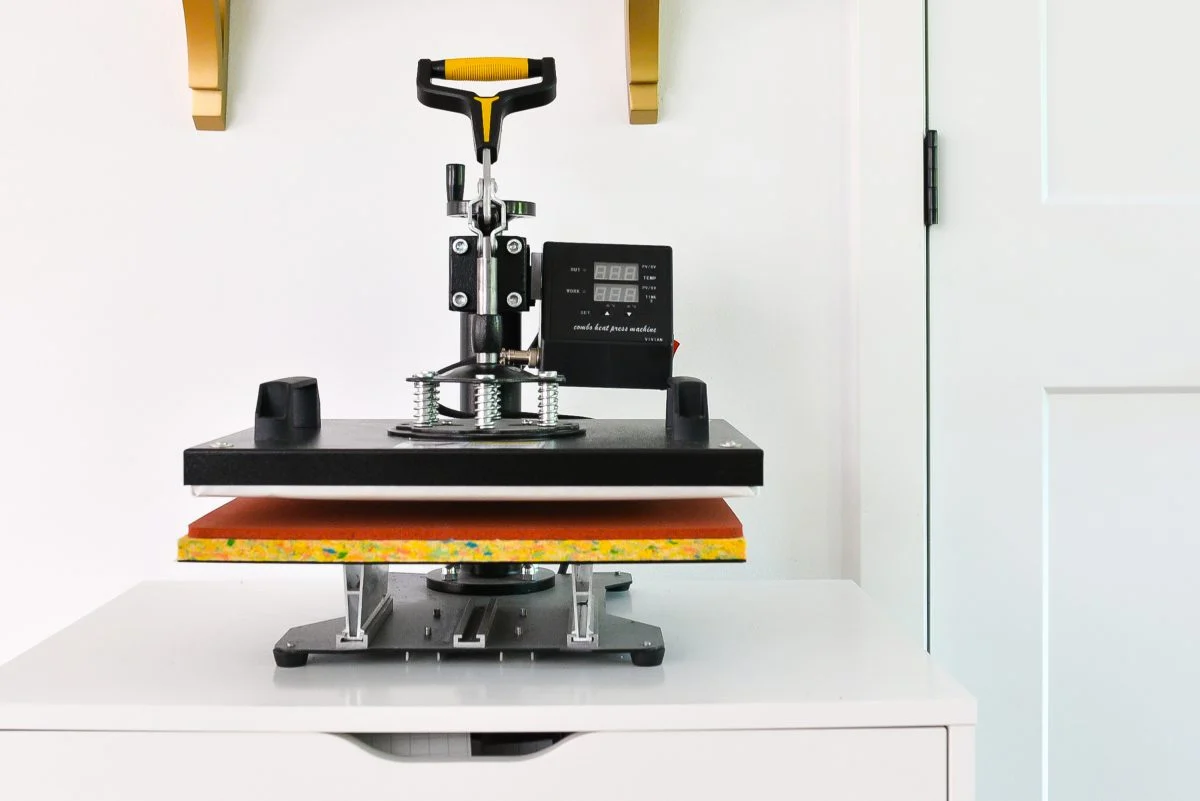

Science & Environment
The Ultimate Guide To Sublimation: Time And Temperature Chart For Perfect Results
Published: February 19, 2024
Discover the perfect time and temperature settings for flawless sublimation results with our comprehensive guide. Perfect your craft with our science and environment-focused tips.
(Many of the links in this article redirect to a specific reviewed product. Your purchase of these products through affiliate links helps to generate commission for Temperatures.com, at no extra cost. Learn more)
Table of Contents
Introduction
Sublimation, a fascinating process that transforms a solid directly into a gas without passing through the liquid state, has revolutionized various industries, from fashion and home decor to scientific research. Understanding the intricate balance of time and temperature is crucial to achieving impeccable sublimation results. In this comprehensive guide, we will delve into the science behind sublimation, explore the significance of time and temperature, and provide a detailed time and temperature chart to help you achieve flawless sublimation outcomes.
Sublimation has become a game-changer in the world of customization, allowing for vibrant and long-lasting designs on a wide range of substrates, including apparel, mugs, and phone cases. The process involves using heat and pressure to transfer dye onto the surface of the substrate, resulting in a permanent, high-quality image. Whether you are a seasoned professional or a novice enthusiast, mastering the art of sublimation can elevate your creative endeavors and unlock a world of possibilities.
In the following sections, we will unravel the science behind sublimation, shedding light on the crucial role played by time and temperature in achieving optimal results. By understanding the underlying principles and factors influencing the sublimation process, you will be better equipped to navigate the intricacies of this transformative technique. Additionally, we will provide a comprehensive time and temperature chart, serving as a valuable reference to guide you through the sublimation process with confidence and precision.
Embark on this enlightening journey as we demystify the art of sublimation, empowering you to unleash your creativity and achieve impeccable results. Whether you are seeking to elevate your business or embark on a fulfilling hobby, mastering the nuances of sublimation will open doors to a world of boundless creativity and innovation. Let's dive into the captivating world of sublimation and unlock the secrets to achieving stunning, long-lasting designs on a diverse array of substrates.
Understanding Sublimation
Sublimation is a captivating scientific phenomenon that defies the conventional transition between solid and gas states. Unlike the familiar processes of melting and evaporation, sublimation involves the direct conversion of a solid substance into a gaseous form without passing through the intermediary liquid phase. This remarkable transformation occurs when the atmospheric pressure is insufficient to maintain the solid state, causing the solid to transition directly into a vapor.
In the context of sublimation for customization and printing, the process involves the use of specialized dyes and heat to create vibrant and enduring designs on various substrates. By harnessing the principles of sublimation, it becomes possible to imprint intricate and colorful designs onto materials such as polyester fabric, ceramics, and metal surfaces. This transformative technique has revolutionized the world of personalized products, enabling the creation of custom apparel, mugs, and decorative items with unparalleled durability and visual impact.
The key to successful sublimation lies in understanding the behavior of the dye sublimation inks when subjected to specific time and temperature conditions. These inks, formulated with sublimation dyes, possess the unique ability to transition directly from a solid to a gas under controlled heating, allowing the dye molecules to permeate the surface of the substrate and form a permanent bond. This results in vivid, high-resolution images that are resistant to fading, cracking, and peeling, ensuring long-lasting quality and aesthetic appeal.
Furthermore, the substrates used in the sublimation process play a crucial role in determining the final outcome of the transfer. Materials with a polymer coating or a high polyester content are particularly well-suited for sublimation, as they provide a receptive surface for the dye molecules to infuse and bond with the material at a molecular level. This compatibility between the dye sublimation inks and the substrate is essential for achieving vibrant and durable designs that withstand the test of time.
In essence, understanding sublimation involves grasping the intricate interplay between heat, pressure, and the unique properties of sublimation inks and substrates. By delving into the science behind this captivating process, we gain valuable insights into the mechanisms that drive the transformation of solid dyes into vibrant, gas-infused designs. This foundational understanding serves as the cornerstone for mastering the art of sublimation and harnessing its boundless creative potential.
Importance of Time and Temperature
The significance of time and temperature in the sublimation process cannot be overstated, as these two factors are pivotal in achieving optimal transfer results. Time and temperature work in tandem to facilitate the transformation of solid dye particles into a gaseous state, allowing them to permeate the surface of the substrate and form a permanent bond. Understanding the critical role of time and temperature is essential for ensuring vibrant, long-lasting designs in sublimation printing.
Time, in the context of sublimation, refers to the duration for which heat and pressure are applied during the transfer process. This timeframe is crucial for allowing the sublimation inks to reach the necessary temperature to transition from a solid to a gas, enabling the dye molecules to penetrate the substrate's surface. Insufficient time may result in incomplete sublimation, leading to faded or patchy designs, while excessive time can cause over-sublimation, leading to color shifts and diminished image clarity.
Temperature plays a complementary role in the sublimation process, as it dictates the energy input required to facilitate the transition of the dye particles into a gaseous state. The optimal temperature varies depending on the specific sublimation ink and substrate being used. Too low a temperature may result in incomplete sublimation, leading to dull or washed-out colors, while excessive heat can cause the substrate to degrade or the colors to shift, compromising the overall quality of the transfer.
Achieving the perfect balance of time and temperature is crucial for realizing the full potential of sublimation printing. This balance ensures that the sublimation inks reach the ideal state for transitioning into a gas, allowing them to infuse the substrate with vibrant, high-resolution designs. By meticulously controlling the time and temperature parameters, sublimation practitioners can unlock the full spectrum of colors and achieve exceptional detail and clarity in their transfers.
Moreover, the interplay between time and temperature is influenced by various factors, including the type of substrate, the thickness of the material, and the characteristics of the sublimation inks. Understanding these nuances empowers practitioners to tailor their time and temperature settings to suit the specific requirements of each sublimation project, whether it involves apparel, promotional products, or personalized gifts.
In essence, the importance of time and temperature in sublimation printing cannot be overstated. These fundamental elements form the cornerstone of successful sublimation transfers, enabling practitioners to unleash the full potential of vibrant, durable, and visually captivating designs on a diverse range of substrates. By mastering the art of balancing time and temperature, sublimation enthusiasts can elevate their craft and deliver outstanding results that captivate and endure.
Factors Affecting Sublimation Results
Several factors play a pivotal role in influencing the outcome of sublimation transfers, ultimately shaping the quality and durability of the final designs. Understanding these factors is essential for practitioners seeking to achieve consistent and exceptional results in their sublimation projects. Let's explore the key elements that impact sublimation outcomes:
1. Substrate Composition:
The composition of the substrate significantly influences the sublimation process. Materials with a high polyester content or those specifically designed for sublimation printing offer optimal receptivity to the dye sublimation inks. The presence of a polymer coating further enhances the substrate's ability to bond with the dye molecules, resulting in vibrant and long-lasting transfers.
2. Surface Texture:
The texture of the substrate's surface can affect the clarity and detail of sublimation transfers. Smooth, even surfaces provide an ideal canvas for capturing intricate designs with precision, while rough or uneven textures may result in variations in color saturation and image sharpness.
3. Pressure and Heat Distribution:
Uniform pressure and heat distribution are critical for ensuring consistent and thorough sublimation across the entire surface of the substrate. Irregular pressure or heat application can lead to patchy or uneven transfer results, compromising the overall quality of the design.
4. Ink Quality and Compatibility:
The quality of the sublimation inks, including their color vibrancy, stability, and compatibility with the chosen substrate, directly impacts the final outcome of the transfer. High-quality, compatible inks are essential for achieving vivid, true-to-color designs that withstand laundering and environmental factors.
5. Environmental Conditions:
Environmental factors, such as humidity and air quality, can influence the sublimation process. Controlling the ambient conditions in the sublimation environment helps mitigate potential issues, such as ink bleeding or color shifting, ensuring consistent and reliable transfer results.
6. Sublimation Equipment and Settings:
The type and quality of sublimation equipment, including heat presses and printers, as well as the accuracy of time and temperature settings, significantly impact the sublimation process. Proper calibration and maintenance of equipment are essential for achieving precise and repeatable results.
By considering and addressing these influential factors, sublimation practitioners can optimize their processes and elevate the quality of their transfers. A comprehensive understanding of these elements empowers individuals to troubleshoot potential issues, refine their techniques, and consistently deliver outstanding sublimation results across a diverse range of applications.
The Ultimate Time and Temperature Chart
Achieving precise and consistent sublimation results hinges on the meticulous control of time and temperature during the transfer process. The ultimate time and temperature chart serves as a valuable reference, providing practitioners with specific guidelines tailored to different substrates and sublimation inks. This comprehensive chart offers a roadmap for optimizing the sublimation process, enabling practitioners to unlock the full potential of vibrant, durable, and visually captivating designs across a diverse array of applications.
Apparel Sublimation
- Polyester T-shirts: Time – 45 seconds, Temperature – 385°F
- Performance Jerseys: Time – 50 seconds, Temperature – 400°F
- Sublimation Socks: Time – 60 seconds, Temperature – 380°F
Drinkware and Accessories
- Ceramic Mugs: Time – 180 seconds, Temperature – 400°F
- Aluminum Water Bottles: Time – 60 seconds, Temperature – 380°F
- Phone Cases: Time – 45 seconds, Temperature – 385°F
Home Decor and Signage
- Polyester Pillow Covers: Time – 50 seconds, Temperature – 390°F
- Metal Wall Art: Time – 75 seconds, Temperature – 380°F
- Sublimation Tiles: Time – 45 seconds, Temperature – 400°F
This comprehensive time and temperature chart serves as a foundational resource for sublimation practitioners, offering precise recommendations for achieving optimal transfer results across a diverse range of substrates. By adhering to the guidelines outlined in the chart, practitioners can fine-tune their sublimation processes, ensuring vibrant, long-lasting designs that captivate and endure.
The ultimate time and temperature chart empowers practitioners to navigate the intricacies of sublimation printing with confidence and precision, unlocking the full spectrum of colors and achieving exceptional detail and clarity in their transfers. Whether embarking on apparel customization, personalized drinkware, or decorative home accessories, this invaluable resource serves as a guiding light, illuminating the path to flawless sublimation results.
In essence, the ultimate time and temperature chart stands as a testament to the meticulous craftsmanship and scientific precision that underpin the art of sublimation. By harnessing the insights offered by this comprehensive chart, practitioners can elevate their craft, deliver outstanding results, and embark on a journey of boundless creativity and innovation in the realm of sublimation printing.
Tips for Achieving Perfect Results
Achieving flawless sublimation results requires a combination of precision, expertise, and attention to detail. Here are essential tips to elevate your sublimation practice and ensure impeccable outcomes:
-
Calibrate Your Equipment: Regularly calibrate your heat press and printer to maintain accuracy in time and temperature settings. Properly calibrated equipment is crucial for consistent and reliable sublimation transfers.
-
Test and Record: Conduct test runs on sample substrates to determine the optimal time and temperature settings for specific materials and inks. Keep detailed records of successful parameters for future reference.
-
Even Pressure Distribution: Ensure uniform pressure application during the heat press process to achieve consistent sublimation across the entire substrate. Uneven pressure can lead to patchy or incomplete transfers.
-
Pre-Press and Preparation: Pre-press your substrates to remove moisture and wrinkles, ensuring a smooth surface for the sublimation process. Proper preparation sets the stage for successful and vibrant transfers.
-
Avoid Overheating: Be mindful of excessive heat, as it can lead to color shifts, substrate damage, or over-sublimation. Adhere to recommended temperature guidelines to preserve the integrity of the substrate and inks.
-
Environmental Control: Maintain a controlled environment with optimal humidity levels to minimize the risk of ink bleeding or color distortion. A stable and conducive setting is essential for consistent sublimation results.
-
Quality Inks and Substrates: Invest in high-quality sublimation inks and substrates to ensure vibrant, durable, and long-lasting transfers. The compatibility between inks and substrates is critical for achieving superior results.
-
Precision Timing: Pay close attention to the duration of heat application, ensuring that the sublimation process is neither underdone nor overdone. Precision timing is key to vibrant and detailed designs.
-
Cooling and Handling: Allow the sublimated substrates to cool adequately before handling them to prevent smudging or distortion of the transferred design. Proper cooling ensures the permanence of the sublimated image.
-
Continuous Learning: Stay updated with the latest advancements and best practices in sublimation printing. Continuous learning and experimentation contribute to refining your techniques and achieving exceptional results.
By incorporating these tips into your sublimation workflow, you can elevate the quality and consistency of your transfers, unlocking the full potential of vibrant, durable, and visually captivating designs. Mastery of these essential practices will empower you to achieve impeccable results across a diverse range of sublimation applications, from apparel and accessories to home decor and personalized gifts.
Conclusion
In conclusion, the art of sublimation printing represents a captivating fusion of science, precision, and creativity, offering practitioners the opportunity to unleash vibrant, enduring designs across a diverse array of substrates. The interplay of time and temperature serves as the linchpin of successful sublimation, guiding the transformation of solid dye particles into gas-infused imprints that captivate and endure. By understanding the underlying principles of sublimation, practitioners can harness the transformative power of this process to elevate their craft and unlock a world of boundless creative potential.
The comprehensive understanding of sublimation, from the intricate science behind the process to the pivotal role played by time and temperature, empowers practitioners to navigate the complexities of sublimation printing with confidence and precision. The ultimate time and temperature chart stands as a beacon of guidance, offering tailored recommendations for achieving optimal transfer results across various substrates, from apparel and drinkware to home decor and signage. This invaluable resource serves as a roadmap for practitioners, illuminating the path to flawless sublimation outcomes and empowering them to realize the full spectrum of vibrant, durable, and visually captivating designs.
Furthermore, the culmination of factors influencing sublimation results underscores the multifaceted nature of this transformative technique. By considering and addressing substrate composition, surface texture, pressure and heat distribution, ink quality and compatibility, environmental conditions, and equipment settings, practitioners can optimize their processes and consistently deliver outstanding sublimation results. This holistic approach to sublimation printing encapsulates the meticulous craftsmanship and attention to detail required to achieve impeccable transfers that resonate with enduring quality and visual impact.
In the pursuit of perfecting sublimation results, the essential tips provided serve as pillars of guidance, offering practitioners invaluable insights to refine their techniques and elevate the quality and consistency of their transfers. From equipment calibration and test runs to environmental control and precision timing, these essential practices contribute to the mastery of sublimation printing, enabling practitioners to achieve exceptional results that captivate and endure.
Ultimately, the journey of sublimation printing transcends the mere application of heat and pressure; it embodies a harmonious blend of artistry and scientific precision, unlocking a world of creative possibilities and enduring designs. By embracing the foundational principles, leveraging the ultimate time and temperature chart, and incorporating essential tips into their practice, sublimation enthusiasts can embark on a fulfilling journey of innovation and craftsmanship, realizing the full potential of vibrant, durable, and visually captivating designs that leave a lasting impression.
